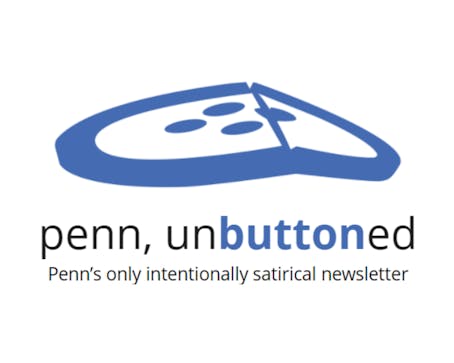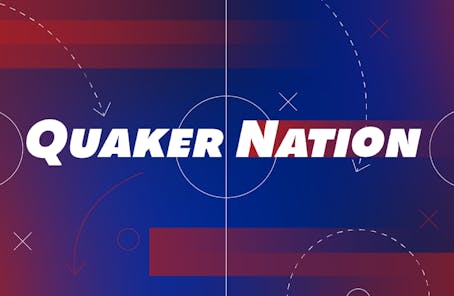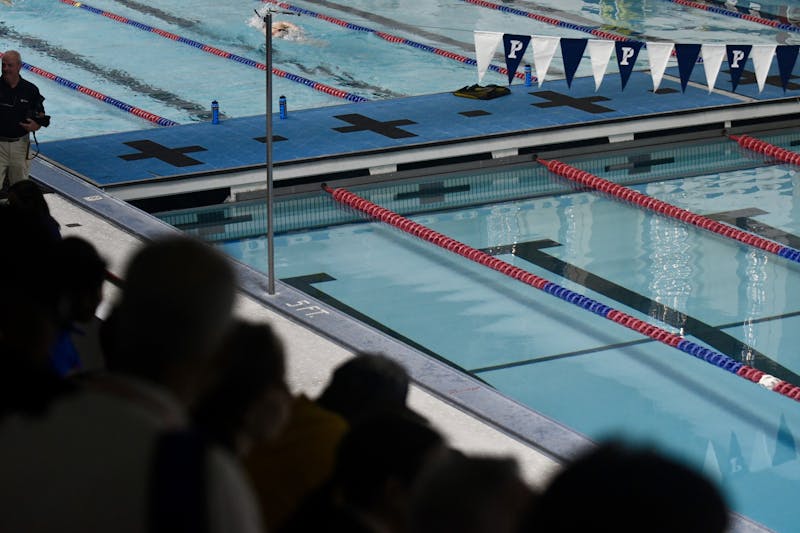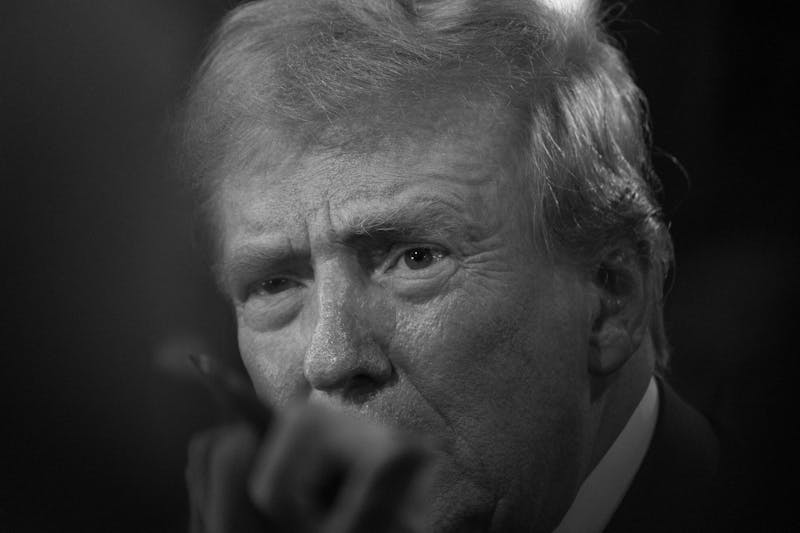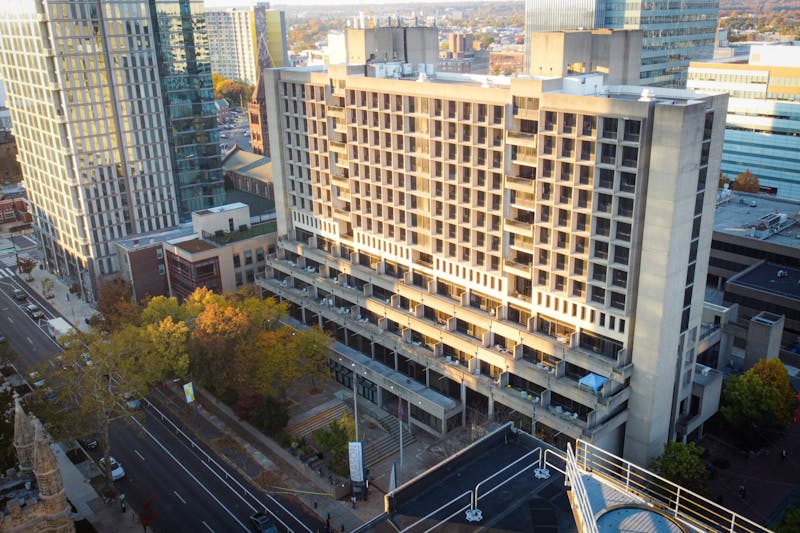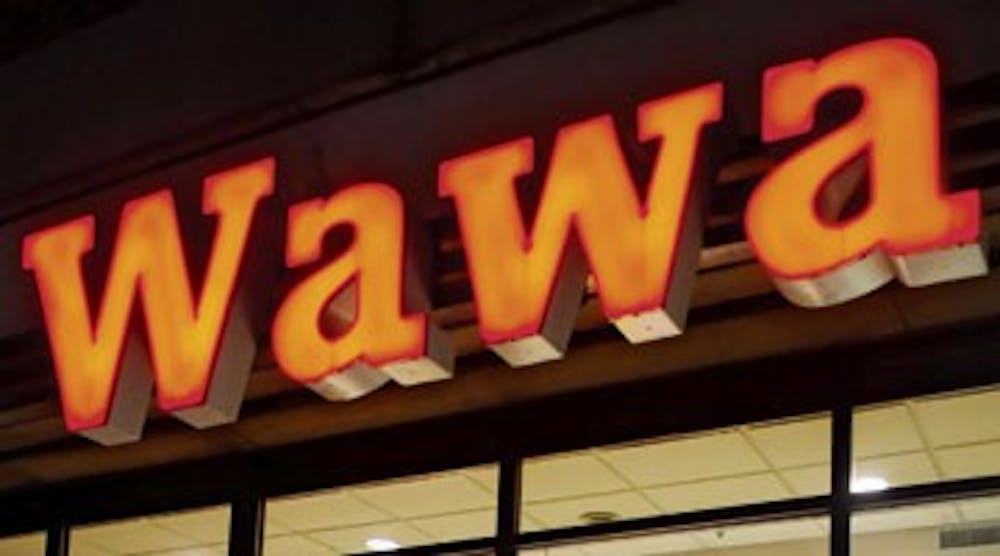
The sign still says "Open 24 hours," but Philly Diner is closed during many of its previously nocturnal hours.
At 3 a.m. a few weeks ago, the intersection would have been bustling. People would trickle in throughout the night to order burgers and fries. Now, the restaurant sits empty and dark on the corner of 39th and Walnut streets.
Penn and the diner's owners agreed to shorten the hours of the establishment, which occupies University-owned property, in response to shots fired outside its doors at about 4 a.m. on a Saturday morning last month. It now closes at 1 a.m. on weekdays and 2 a.m. on weekends.
"The University and the diner's owners are both concerned about the safety and well-being of the customers at the diner based on those events and have agreed to modify the hours of operation," Executive Director of Real Estate Ed Datz told The Daily Pennsylvanian last month.
Though no one was hurt in last month's shooting, the incident made the issue of safety on Penn's urban campus ever more salient.
And the decision to cut back one of few late-night dining options illustrates how Penn is forced to make trade-offs between the sometimes competing needs of ensuring security and accomodating college-students' lifestyles.
Lack of Late-Night OptionsWith Philly Diner's limited hours, students are left with few late-night dining options.
"I've only gone to Philly Diner," said College freshman Matthew Wayne. "I've never been anywhere else that late except Wawa."
The reduction of Philly Diner's hours is another blow to Penn students' continual pushes for dining options that satisfy their late-night lifestyles.
"Today's college students work on a different clock," found a study on food services at Penn issued by Business Services in 1998. There had been an "overwhelming sentiment that late night alternatives for food services are inadequate" at Penn.
In 1996, the Undergraduate Assembly presented a survey showing that 97 percent of students wanted a 24-hour diner close to campus.
"Penn's Dining Service organization has reacted effectively to the late night demands of this new market," the food services study stated.
Its evidence included the opening of Chats - a late night eatery located in the basement of 1920 Commons - and the forthcoming arrival of Eat at Joe's, the diner the UA had requested.
But the vision never panned out as planned. Flash-forward eleven years: Chats closed in 2000 and now no restaurant in 1920 Commons is open later than 9:30 p.m.
Open until 3 a.m. at the latest, Eat at Joe's was never a 24-hour diner like the UA had wanted. It closed two years after its opening in 2000 and was replaced by El Diner, which only lasted four months after complaints of slow service and high prices.
Philly Diner, which opened in 2001 down the street from its current location, became Penn's third diner in three years. Eventually expanding its hours around the clock, it became one of its kind near campus.
Students' current 24-hour options are limited to convenience stores Wawa and 7-11, supermarket Fresh Grocer and fast-food chain McDonald's. Insomnia Cookies, started by Penn students in 2003, delivers desserts until 2:15 a.m.
Students who want to use dining dollars or meal plans are out of luck. The dining establishment open latest is Mark's Café, in the Van Pelt-Dietrich Library, which closes at midnight on weekdays.
Demand for late-night eateries is illustrated in a recent boom in business for McDonald's, Philly Diner's competitor for the after-hours student crowd.
"Late night is drunk people mostly," McDonald's Shift Manager Terry Daniels said. "Especially Thursday, Friday and Saturday nights, it gets very hectic."
Several universities in Philadelphia and other urban schools have dining options open until later at night.
Drexel University's Northside Market is open until 1 a.m. Temple University has a 24-hour Starbucks on campus. New York University's Weinstein Food Court is open until 1 a.m. and includes such restaurants as Chick-fil-A and Quiznos. And JJ's Place at Columbia University offers Philly Cheesesteaks until 2 a.m.
History of Violence
The late-night options schools offer may be shaped by safety considerations. Crime tends to spike late at night, and studies have shown its correlation with all-night establishments.
In 2006, the U.S. Department of Justice found that 34.5 percent of rapes and sexual assaults, 42 percent of motor vehicle thefts and 24 percent of nighttime violent crimes occurred between the hours of midnight and 6 a.m.
There is also an increasing number of worker homicides reported at fast-food restaurants that are open late, according to a 2007 USA Today article. From 2003 to 2006, 109 worker homicides were reported at fast-food restaurants, including a 17 percent increase from 2005 to 2006.
"Of course, criminals are responsible for these tragic events, but late hours add vulnerability," the article explained.
Following these trends, Philly Diner's neighborhood has seen violence before.
A Penn Police officer shot and killed a man at Club Wizzards in November 2007. A month earlier, Philadelphia police killed a man in a gun battle outside Koko Bongo. A Penn sophomore was caught in gunfire during a failed armed robbery just around the corner in January 2006.
Even closer to home, a man was shot and killed early Christmas morning in 2005 inside Philly Diner at its former location.
Just down the block from Philly Diner, a shot was fired inside the McDonald's on 40th and Walnut Streets early one night in June 2008. But Daniels, the McDonald's shift manager, said he does not worry about violent crimes occurring there.
"University City and West Philadelphia are two separate things," he said. "With college kids it's a problem of controlling their liquor. Other than that, I rarely see any crime or hear of any crime."
The book Campus Violence: Kinds, Causes, and Cures by Leighton Whitaker and Jeffrey Pollard notes that urban campuses may not be substantially more violent than small-town counterparts, in part because of their focus on preventing violence.
Still, urban students risk more sources of danger, if not more violence overall. Most students on urban campuses lead relatively normal college existences, but do learn to be on their guard.
Cutting Down on Crime
The University is on its guard to protect its community members and its image.
Penn Police officers, wearing bright neon uniforms that stand out at night, are hard to miss.
The Division of Public Safety maintains round-the-clock patrol services within the Penn Patrol Zone, which extends from Market Street to Baltimore Avenue and from 30th to 43rd streets.
DPS's Street Crime Unit supports the patrol squads by deploying additional uniform and plain clothes personnel from 7 p.m. to 3 a.m.
"Our policies and procedures don't change radically between day and night," Vice President of Public Safety Maureen Rush said. "Our security measures are at the highest measures all the time."
DPS also maintains a 24-hour virtual patrol. Dispatchers monitor 86 closed-circuit television cameras with pan, tilt and zoom capabilities and hundreds of fixed cameras throughout the Penn Patrol Zone.
Security on Campus, a national nonprofit college security organization, awarded DPS an award in 2003 for its use of CCTV cameras. In fact, the cameras led to the arrests of the men responsible for the shooting outside Philly Diner last month.
On the heels of the incident, Penn sought to maintain safety in an another way. It used its ownership of business' property to enforce operating hours it considered safer for the community.
The school has previously exerted its influence over how eateries in the area operate.
"I'd love to have to be open for 24 hours because of demand," Steve Malamut, Director of Operations at Cosco Management, which owned Eat at Joe's, told the DP in 1998. "But we also need University approval because there are safety concerns."
Penn bought the property that housed the succession of diners from the Zion Hill Baptist Church of Philadelphia for $300,000 in 1969, according to the University Archives and Records Center.
In 2006, the businesses that were located there on the 3900 block of Walnut St., including Philly Diner, were forced to vacate the property to make way for a University building project, the Radian development.
The diner moved to its current home down the street to another University-owned building, which Penn had acquired in 2000 and - like Eat at Joe's before it - is bound by the University's rules.
SOC Director of Public Policy S. Daniel Carter said he has never before heard of a campus eatery reducing its hours because of safety concerns. "I understand the wanting to protect the community," he said. "This is one way to go about accomplishing it."
Carter suggested that, if it were cost effective, the diner could hire a private security guard as an alternative.
McDonald's recently adopted this measure by hiring a guard whose shift runs from 9 p.m. to 4 a.m. "It is expensive," Daniels said. "He gets paid the same as managers do, [but] it helps."
He said the private guard and the presence of Penn Police make the restaurant safer.
Other security measures available to restaurants include "video surveillance systems, alarm systems, time-delay safes, fortified drive-thru windows, and robbery prevention training for the entire staff," according to Crime Doctor, a Web site run by Chris McGoey, president of McGoey Security Consulting. "As the crime risk of a restaurant increases, so should the level of security measures."
But for now, Philly Diner remains closed late at night. The sign outside is no more than a remnant of the past.
The Daily Pennsylvanian is an independent, student-run newspaper. Please consider making a donation to support the coverage that shapes the University. Your generosity ensures a future of strong journalism at Penn.
DonatePlease note All comments are eligible for publication in The Daily Pennsylvanian.


